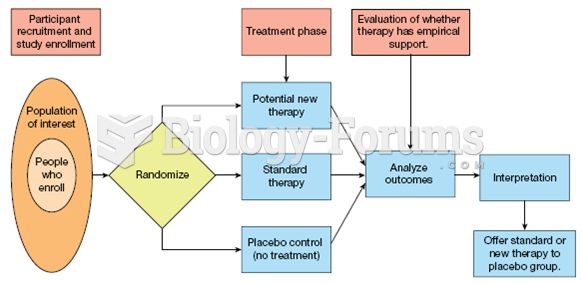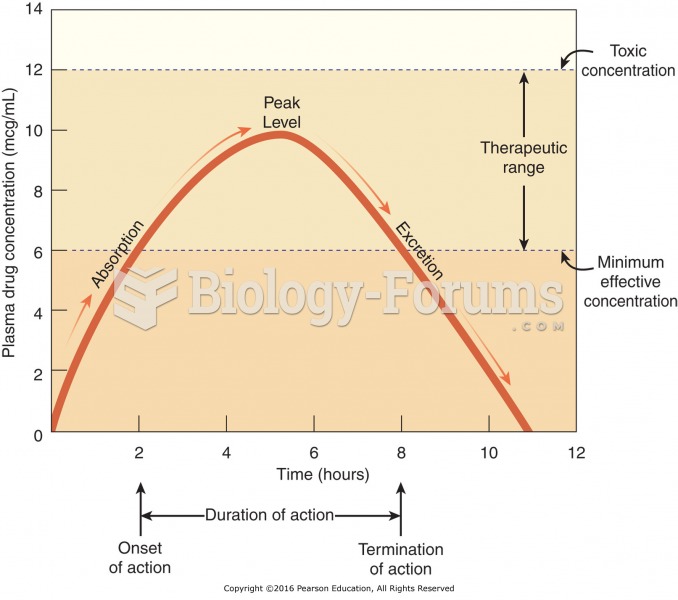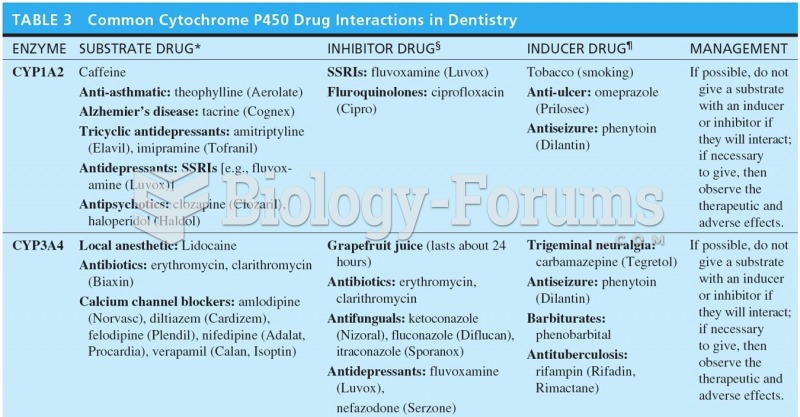Answer to Question 1
Correct Answer: 3
Rationale 1: To monitor the effectiveness of drug therapy and observe for developmental changes that might indicate a need for dose adjustment, the client is asked to keep a diary of seizure activity and to take medications as ordered.
Rationale 2: The client is never to skip doses or take double doses.
Rationale 3: The client should not make up skipped doses.
Rationale 4: To monitor the effectiveness of drug therapy and observe for developmental changes that might indicate a need for dose adjustment, the client is asked to keep a diary of seizure activity and to take medications as ordered.
Rationale 5: Keeping a normal sleep-wake schedule is not a specific teaching point for clients who have been diagnosed with seizures in regards to medication effectiveness.
Global Rationale: To monitor the effectiveness of drug therapy and observe for developmental changes that might indicate a need for dose adjustment, the client is asked to keep a diary of seizure activity and to take medications as ordered. Taking double doses, making up skipped doses, and keeping a normal sleep-wake schedule are not teaching points for clients who have been diagnoses with seizures in regards to medication effectiveness.
Answer to Question 2
Correct Answer: 1, 2, 3
Rationale 1: If seizure activity continues after the dose has been increased, a different medication is added in small-dose increments while the dose of the first drug is slowly reduced.
Rationale 2: The amount is gradually increased until seizure control is achieved, or until drug adverse effects prevent additional increases in dose. The dose is started at a low dose.
Rationale 3: Once a medication is selected, the patient is placed on a low initial dose, which is then increased, if necessary.
Rationale 4: Seizure medication will be stopped when the seizures have been gone for a month is incorrect because if the seizure medication is stopped at this time the seizures will return.
Rationale 5: Individuals with epilepsy may not require medications for the rest of their lives. Many pediatric clients will outgrow their seizure condition, making medications for epilepsy unnecessary.
Global Rationale: If seizure activity continues after the dose has been increased, a different medication is added in small-dose increments while the dose of the first drug is slowly reduced. The amount is gradually increased until seizure control is achieved, or until drug adverse effects prevent additional increases in dose. The dose is started at a low dose. Once a medication is selected, the patient is placed on a low initial dose which is then increased, if necessary. Seizure medication will be stopped when the seizures have been gone for a month is incorrect because if the seizure medication is stopped at this time the seizures will return. Individuals with epilepsy may not require medications for the rest of their lives. Many pediatric clients will outgrow their seizure condition making medications for epilepsy unnecessary.







